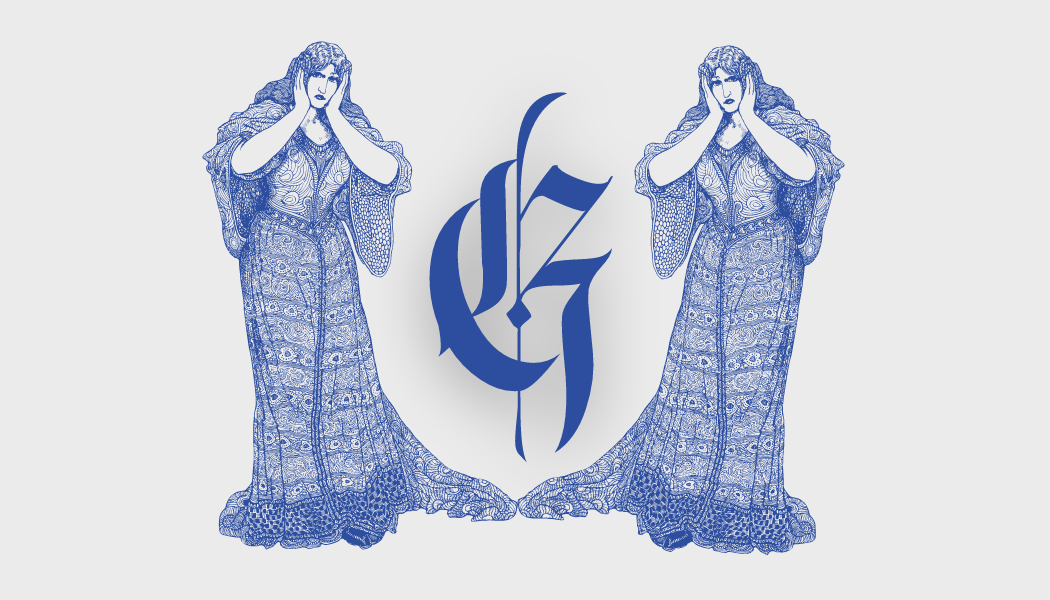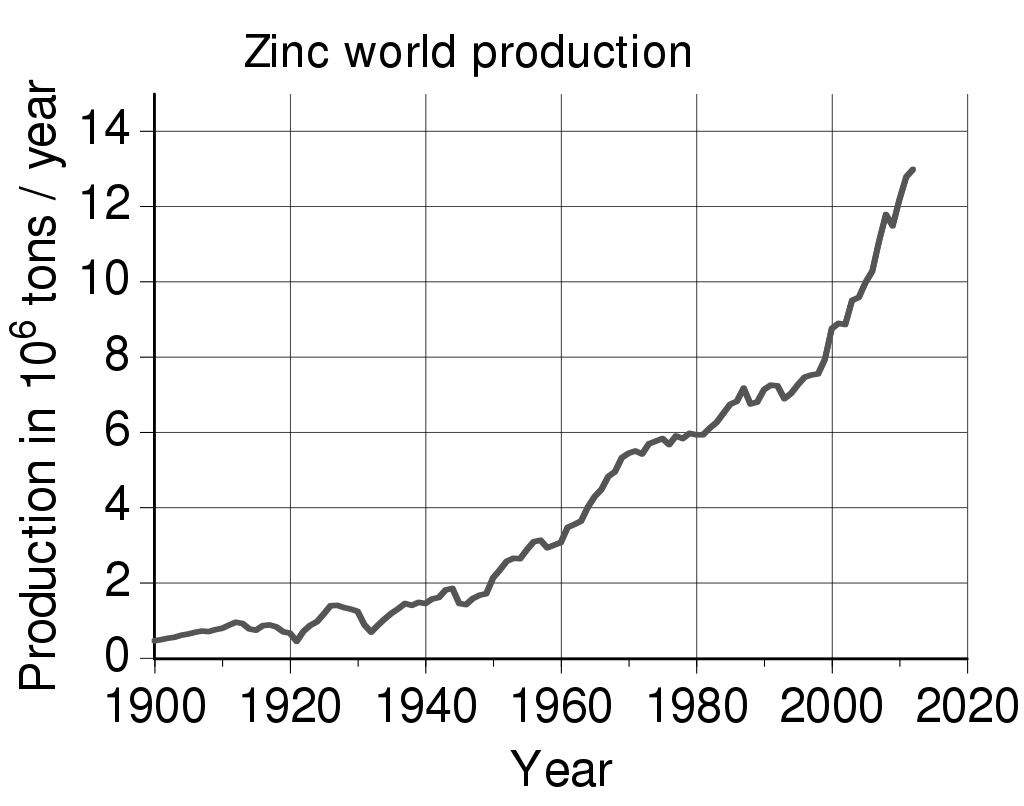Glycodelin is found in oocyte and sperm
aka human placental protein-14
Von Willebrand factor (VWF) is a large multimeric glycoprotein present in blood plasma and produced constitutively as ultra-large VWF in endothelium (in the Weibel–Palade bodies), megakaryocytes (α-granules of platelets), and subendothelial connective tissue
Von Willebrand factor (VWF) is a blood glycoprotein that promotes hemostasis, specifically, platelet adhesion. It is deficient and/or defective in von Willebrand disease and is involved in many other diseases, including thrombotic thrombocytopenic pu
Armour & Company (bad blood featuring Factor VIII product Factorate, Revlon, Stevie Nicks’ papa, poison soap, poison baby powder, a ghost town in Missouri involving CDC, EPA and the Crisco Kid, Hexachlorophene and something called 2,3,7,8-Tetrachlorodibenzo-p-dioxin) and some other bullshit
Armour & Company was an American company and was one of the five leading firms in the meat packing industry. It was founded in Chicago, in 1867, by the Armour brothers led by Philip Danforth Armour. By 1880, the company had become Chicago’s most important business and had he
Ectodomain Shedding & Sheddases & a whole bunch of Adams
An ectodomain is the domain of a membrane protein that extends into the extracellular space (the space outside a cell). Ectodomains are usually the parts of proteins that initiate contact with surfaces, which leads to signal transduction. A nota
TRALI or ARDS: A Medical Game of “Who’s Who?”
Welcome to the thrilling world of post-transfusion respiratory distress, where distinguishing TRALI from ARDS is like trying to tell apart identical twins wearing the same outfit. Strap in, folks – it’s time for a wild ride through the land of bilateral infiltrates and hypoxemia! First t
Heparin-induced thrombocytopenia (HIT) is the development of thrombocytopenia (a low platelet count), due to the administration of various forms of heparin, an anticoagulant. HIT predisposes to thrombosis (the abnormal formation of blood clots inside a blood vessel).
When thrombosis is identified the condition is called heparin-induced thrombocytopenia and thrombosis (HITT). HIT is caused by the formation of abnormal antibodies that activate platelets, which release microparticles that activate thrombin, leading to thrombosis. If someone receiving heparin
The trefoil knot fold is a protein fold in which the protein backbone is twisted into a trefoil knot shape
“Shallow” knots in which the tail of the polypeptide chain only passes through a loop by a few residues are uncommon, but “deep” knots in which many residues are passed through the loop are extremely rare. Deep trefoil knots have been found in the SPOUT superfamily. 
Riboflavin and its breakdown products interact with DNA, making this system attractive in the photodisinfection of blood and blood products
The application of photosensitisers to tropical pathogens in the blood supply Mark Wainwright PhD, Mauricio S. Baptista, in Photodiagnosis and Photodynamic Therapy, 2011 Riboflavin As vitamin B2, riboflavin (Fig. 5) is an essential nutrient in humans. The Mirasol system
Heme metabolic intermediates
(porphyrin biosynthesis and heme degradation/excretion) and various other notes
Erich Traub (1906 – 1985) German veterinarian, scientist and virologist who specialized in foot-and-mouth disease, Rinderpest and Newcastle disease
Erich Traub worked directly for Heinrich Himmler, head of the Schutzstaffel (SS), as the lab chief of the Nazis’ leading bio-weapons facility on Riems Island. Note: Riems is home to the oldest virological research institution in the world, now called the Friedrich Loeffler
Light and Medical Tests
From Ask a Scientist: “Serum and plasma both come from the liquid portion of the blood that remains once the cells are removed, but that’s where the similarities end. Serum is the liquid that remains after the blood has clotted. Plasma is the liquid that remains when clotting is preven
Transferrins
Transferrins are not limited to only binding to iron but also to different metal ions.
Deficiency of Adenosine deaminase 2 (DADA2)
Deficiency of Adenosine deaminase 2 (DADA2) is a monogenic disease associated with systemic inflammation and vasculopathy that affects a wide variety of organs in different patients. As a result, it is hard to characterize a patient with this disorder. Manifestations of the disease include bu
Carotid body glomus cells mediate essential reflex responses to arterial blood hypoxia
Glomus cells are the cell type mainly located in the carotid bodies and aortic bodies. Glomus type I cells are peripheral chemoreceptors which sense the oxygen, carbon dioxide and pH levels of the blood. When there is a decrease in the blood’s pH, a decrease in ox
magical poop paper and the tree it rode in on
Welcome to the fascinating world of fecal forensics! Let’s dive into the delightfully disgusting details of the guaiac fecal occult blood test (gFOBT), a colorful adventure in colon cancer screening! Imagine a special paper that can detect invisible blood in your stool. That’s the gFOBT!








